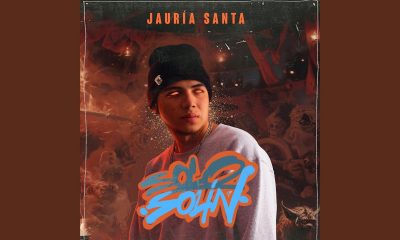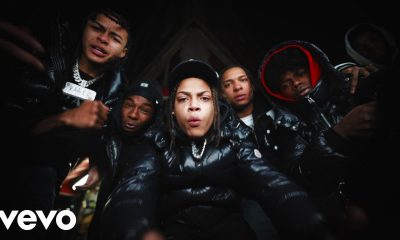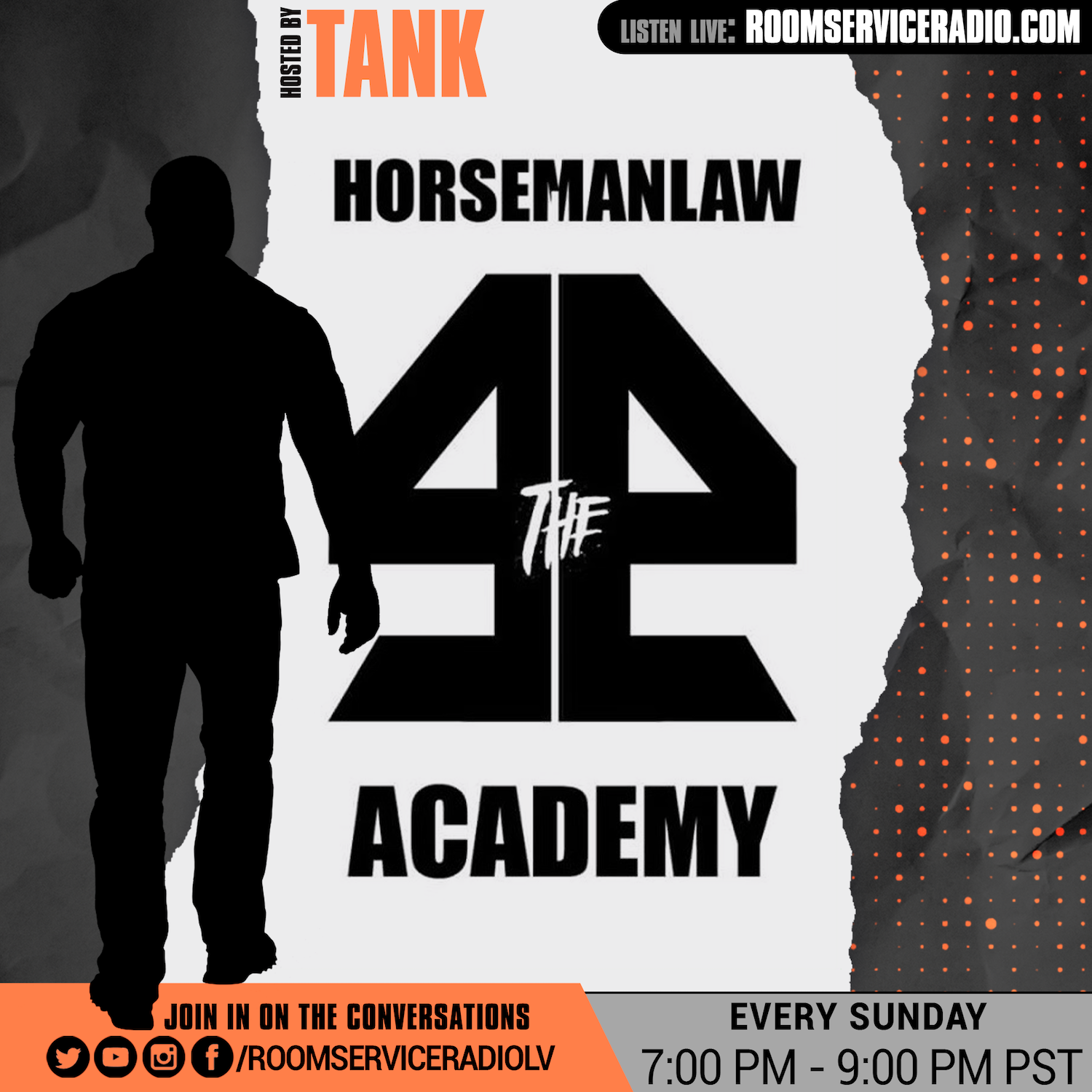
How Asake Became the Center of the World’s Most Influential Music Scene
A born performer, Asake used fashion as a kid to express himself: “Putting pieces together, trying to be different among everybody.” That spirit persists in a wild sartorial style that today features bursts of bright colors and funky remixes of traditional pieces—like the pinstripe suit and expressionist–style tie he wore on his last album cover. It’s chaos tempered by taste; proof of his talent for stirring styles together.
His approach to music is similar. Inspiration came first from his parents and the culture he grew up in, but Asake was drawn to dancing before singing, and says he has no great desire to be in front of the camera. At university he studied art, theater, and film directing, and taught dance. He jokes with bracing honesty that he switched from dancing to singing because that’s where the real money is. Lamenting the lack of opportunities for dancers, I point out that there should be a Grammy Award acknowledging choreography; without missing a beat Asake dryly retorts that if that were the case, “they might just reward one white guy who started dancing two years ago.”
Despite his high-octane performance style, offstage Asake is reserved—eager to recede into the background and be left to his own devices, a showman who would rather keep to himself. He seems allergic to a lot of the behavior you might associate with ascendant stardom. When we talk about his Grammys experience, I jokingly ask if he was one of the many celebrities queued up in the theme-park-length line that formed around Beyoncé during every commercial break. “I’ll never do that,” he says, laughing. “I love Beyoncé, but I’ll never stress myself for any human, or make myself feel important in front of any human.”
He prides himself on his ability to read people, and their energies, almost instantly—a talent that seems so far to have been helpful in achieving success in the music business. “I can tell when I see somebody with pure mind, pure heart, good intentions,” he says, thinking of an interaction recently caught on video as he met 21 Savage for the first time. The commotion of the moment made hearing and talking impossible, but that didn’t matter. “I didn’t understand one thing he said to me, because there was a lot going on,” Asake says. “But I could tell he’s a very real person and he’s my kind of person.”
Given the enormous influence of Afrobeats right now, it’s easy to surmise that if Asake maintains his current trajectory, he could become one of the hottest singers on the planet before too long. The artistic evolution that occurred, quickly, between his first and second albums was striking to critics. The debut, Mr. Money, was marked by a wave of feel-good anthems, while last summer’s Work of Art showed Asake wrestling in real time with the changes wrought by money, fame, and success. Most interestingly, he felt compelled to deflate the mounting mythmaking that was developing around him. About the debut record, he says, “I wanted to be myself—that guy that wants money, that wants to go to the strip club, that wants to party, smoke, chill.” With the follow—up, he wanted to plumb a little deeper. “People don’t really know me because I’m quiet,” he says. “So everybody started seeing me as mystery. Work of Art is just for them to know me. You have to understand I’m human, but you can’t just deny the heart in me.”
Article written by Frazier Tharpe #GQ












